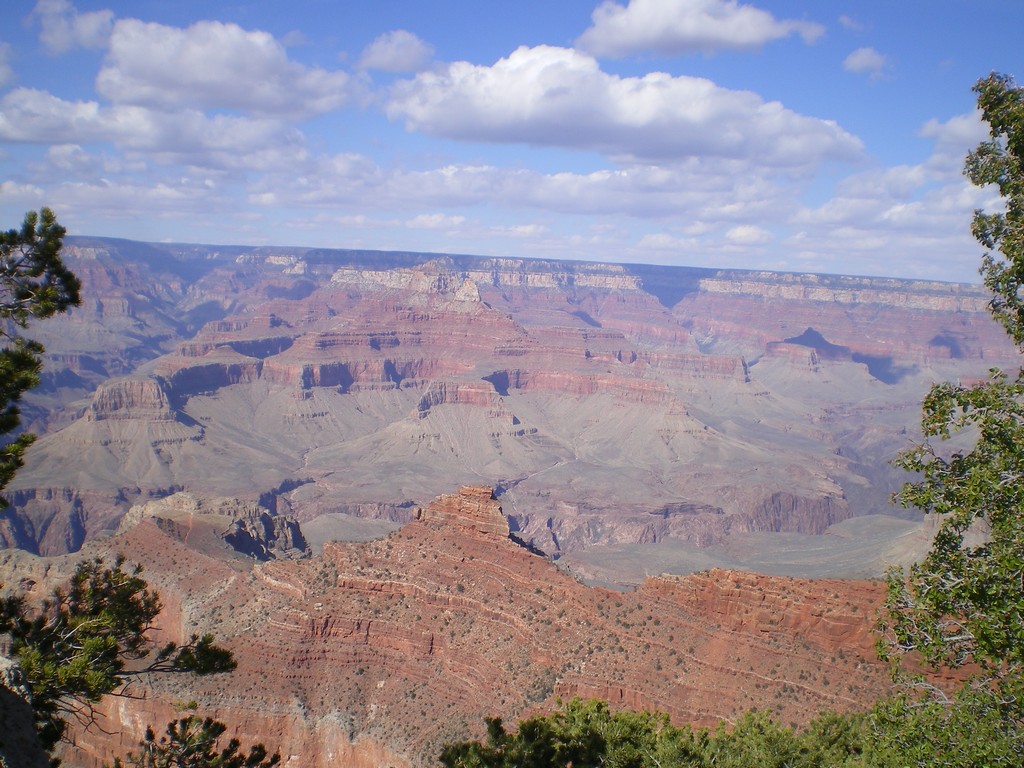
Visitors Exposed to Radiation at Grand Canyon Museum Since 2000
Over the past two decades, Grand Canyon tourists and employees were exposed to radiation. Uranium ore was stored in three paint buckets in the national park’s museum collection building in the Grand Canyon Village in Arizona.
Originally these buckets were housed in a basement at park headquarters before being moved into the park’s museum collection building in 2000. Apparently, one of the buckets was so full, the lid didn’t even close. It was only in 2018 that federal officials learned about this.
Elston Stephenson told CNN that he began asking officials from the National Park Service and Department of the Interior last summer to warn workers and tourists they had possibly been exposed to unsafe levels of radiation. he calculated that this could have exposed adults to 400 times the health limit and children 4,000 times the safety limit. After his requests were ignored, he said he sent an email to all park staff at the Grand Canyon on February 4.
The email reads:
If you were in the Museum Collections Building (bldg 2C) between the year 2000 and June 18, 2018, you were ‘exposed’ to uranium by OSHA’s definition. Please understand, this doesn’t mean that you’re somehow contaminated, or that you are going to have health issues. It merely means essentially that there was uranium on the site and you were in its presence. … And by law we are supposed to tell you.
The uranium was discovered by accident in March 2018 when the teenage son of a park employee was playing with a Geiger counter, or a device that measures radiation. Park employees simply moved the cans to a different area and did nothing about it until Stephenson found out about it months later.
To make matters worse, National Parks Service specialists arrived without protective clothing and instead used dishwashing and gardening gloves and a broken mop handle to lift the buckets into a truck. They were then discarded in a near by ore mine and the buckets with radioactive residue were returned to the museum.
The National Park Service is investigating what happened and working with the Occupational Safety and Health Administration and the Arizona Department of Health Services, according to the Department of the Interior, which oversees the park service.



Unless you went there and hugged that bucket tightly for a good hour, the amount of radiation you were exposed to during the visit is likely to be less than the amount of radiation you absorbed during your flight from the east coast to Las Vegas, than Grand Canyon.